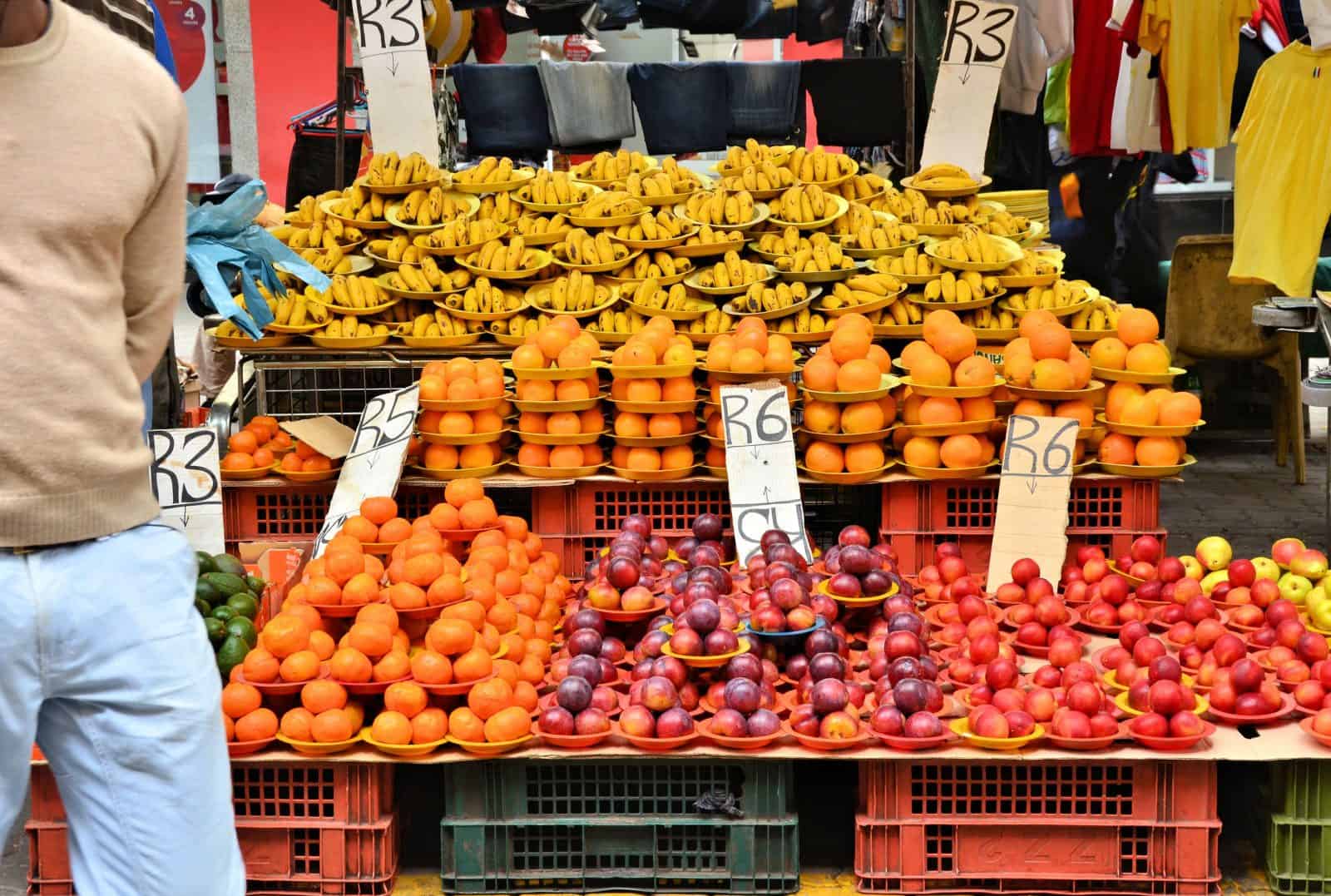Written: Glynn Alard
Header image: IOL
While I was growing up, before the neighbourhood taxi service existed, we lived exactly a 35 minutes’ walk from the nearest supermarket.
We would do most of our shopping there at the end of the month and walk home. Our hands would be red from carrying the heavy packets from Sanlam Centre next to Tygerberg station to our home in Ravensmead. If we needed bread or milk during the week, my mother or my Ouma would send me or my younger brother to run quickly to the house shop in the next street. I remember the shop owner was a kindly man named Mr. Engelbrecht, who manned the shop with his teenaged son. On the way, we would see the other children from the neighbourhood, and greet the older people standing in their front yards.
This was not only convenient for us because it was close by, but also because we could buy the quantities we needed for the day, such as half a bread, two onions, and sometimes a few sweets if there was change.
Interacting with our neighbours and friends, this maintained a sense of local community.
When visiting my Aunty and cousins in Grassy Park, all the people there would call their local corner or house shop the “babbie”*, also referring to the owner. He had a much greater variety of sweets in his shop, and I always looked forward to walking to the shop with my older cousins.
Today as an adult, I own a car I’ve bought myself, and have the option of driving my car to a mall or supermarket anywhere in Cape Town, or walking to the corner shops owned by interesting people from around the world.
The choices I have are not unique to me, but the choices I make regarding where to shop, or who to buy from are completely my own.

In our last article we looked at climate change, its causes and effects. Natural levels of carbon released into the atmosphere is largely reabsorbed into plant growth through photosynthesis and maintains a stable climate.
However, the amount of carbon released into the atmosphere through human activities – mostly by the burning of fossil fuels – has caused an unnaturally pronounced greenhouse effect.
This has heated the atmosphere causing increasingly unpredictable weather patterns, meaning that our food is produced with more difficulty, and our destructive weather events are becoming more frequent, causing human suffering. This costs our governments billions to fix.
Most countries have convened to discuss ways to reduce their carbon emissions and have committed to reach targets within certain time frames. These commitments have taken the form of global agreements such as the historic Kyoto Protocol, which South Africa has also signed.
Large industries which are powered by the burning of fossil fuels have had to change the way they operate in order for countries to meet these targets and fulfil their international commitments. Most of South Africa’s electricity is produced by burning coal, and because of this, we are the country with the 14th highest level of carbon emissions.
When we talk about the global scale, and the large industries of entire nations, we often forget that each individual contributes to the carbon emissions of each country. Every product we consume is either processed using coal-fueled electricity, or transported by diesel or petrol fueled engines.
Every trip we take with our own vehicles, taxies and buses, or airplanes uses fuel. When we calculate the fossil fuels we use as individuals, we call this our carbon footprint.
Reducing our own carbon footprint reduces the amount of carbon released into the atmosphere. So, how can we reduce our carbon footprints? It may be easier than you think.

When we support our local shops or hawkers, we know that much of the fresh produce is produced locally, and requires less refrigeration because of the short distances the produce travels. If we walk to our local shops, we burn less fuel on unnecessary vehicle trips. We also support a local economy which reduces poverty and crime. When we buy locally grown fruit and vegetables from hawkers, we support our local agricultural spaces and the thousands of workers it employs.
The Philippi Horticultural Area is a great example of a local green space which provides us with fresh vegetables such as onions, tomatoes, spinach and cabbages, which most of us use in our daily cooking. This produce is transported over shorter distances, compared to buying mass produced vegetables which are farmed in other regions and require long-distance transport (using petroleum) and refrigeration (using electricity).
On our longer trips to the supermarket, we often buy more than we can use, which causes food waste in our homes. Can we really afford to waste food knowing so many are hungry? When we support the “babbie” or the hawker, we also maintain and strengthen a sense of community, as we see familiar faces and get to know new neighbours.
* The term “babbie” in this context is used as a term of endearment and respect in this article.
more about the author
Glynn Alard holds a career of just over 20 years in the field of nature conservation, ecology and education. He graduated with a BTech degree in Nature Conservation (CPUT), Master of Science degree (Wits) and a Post-Graduate Certificate in Education (UCT). He is registered with the South African Council of Educators and the South African Council of Natural Scientific Professions.









